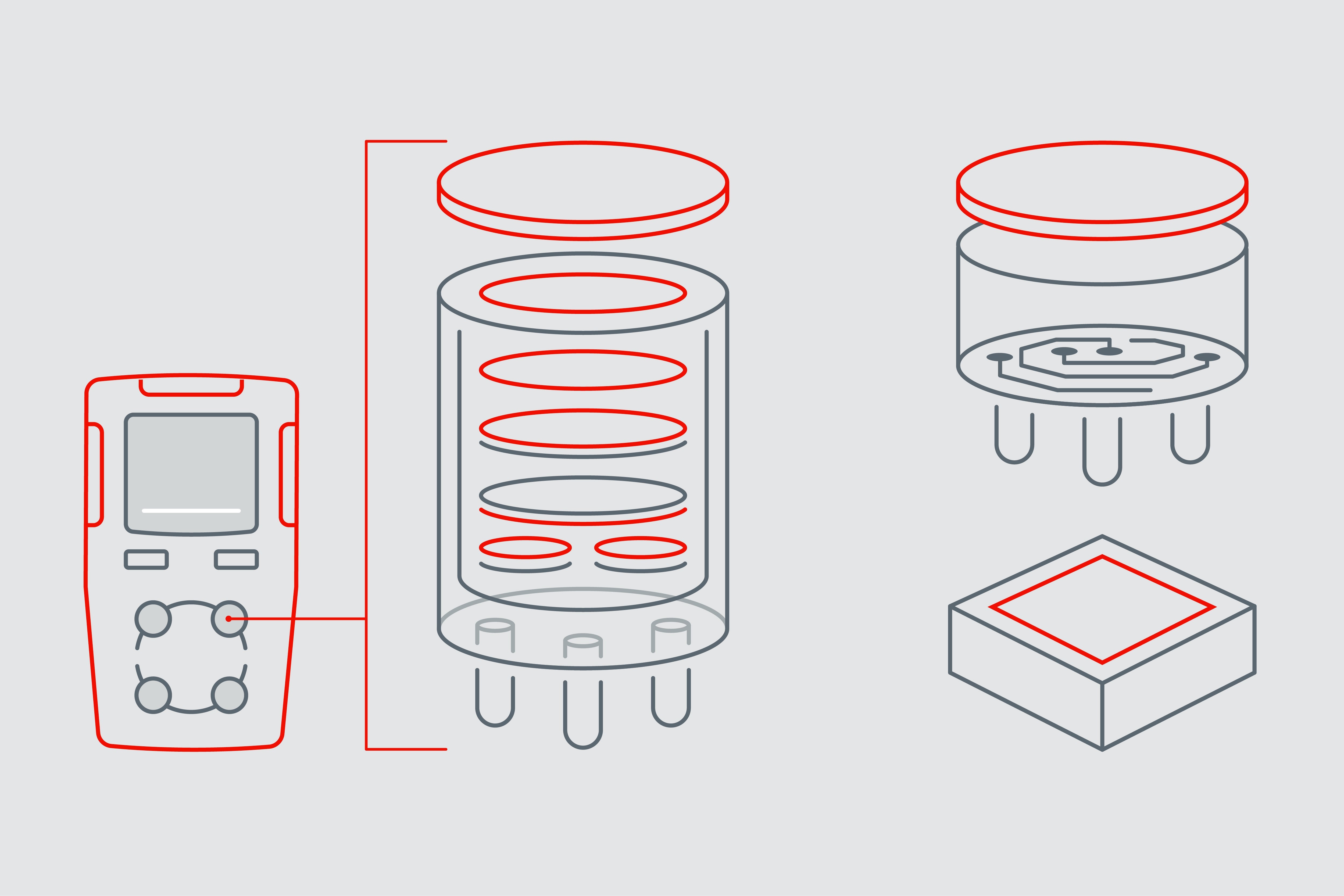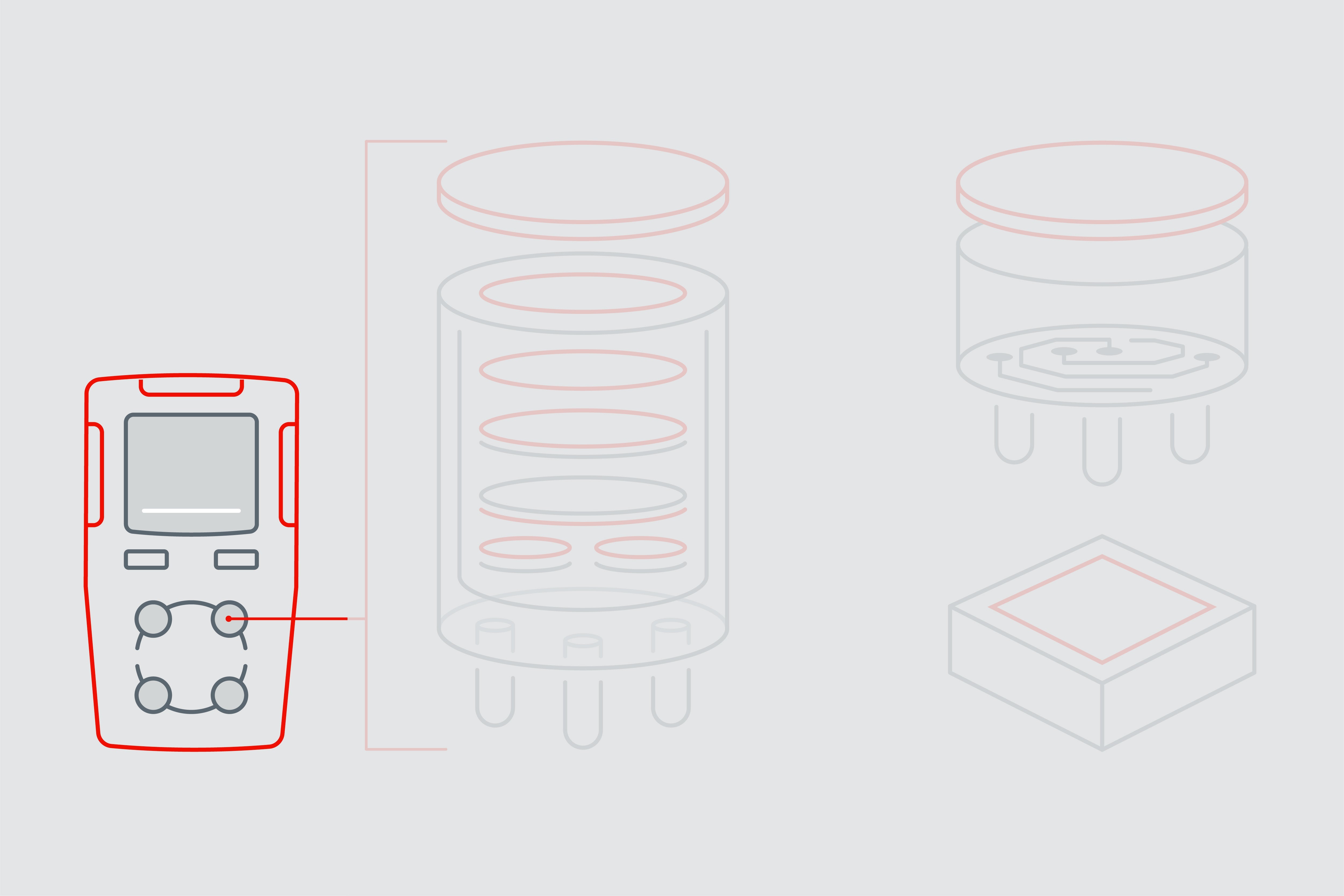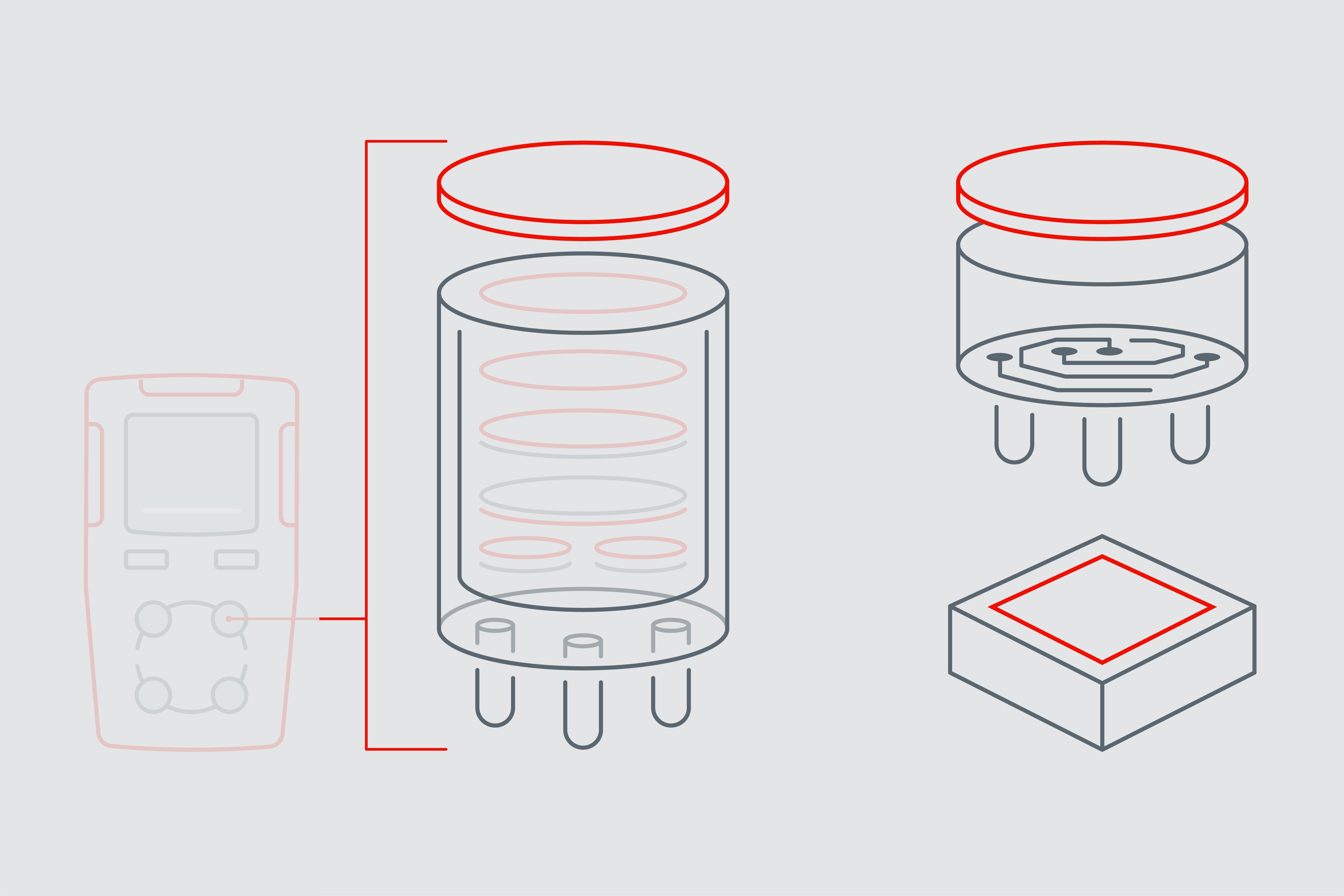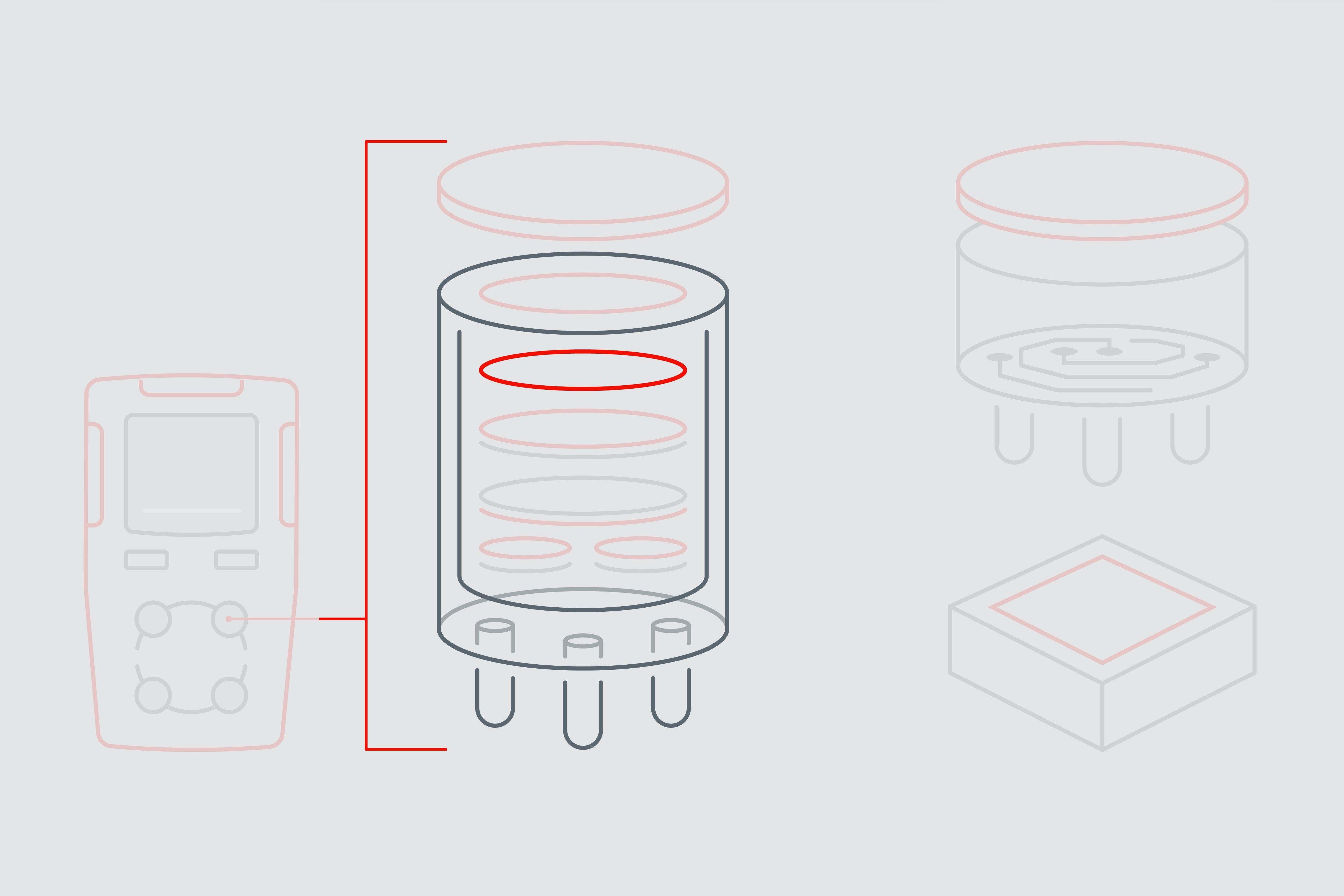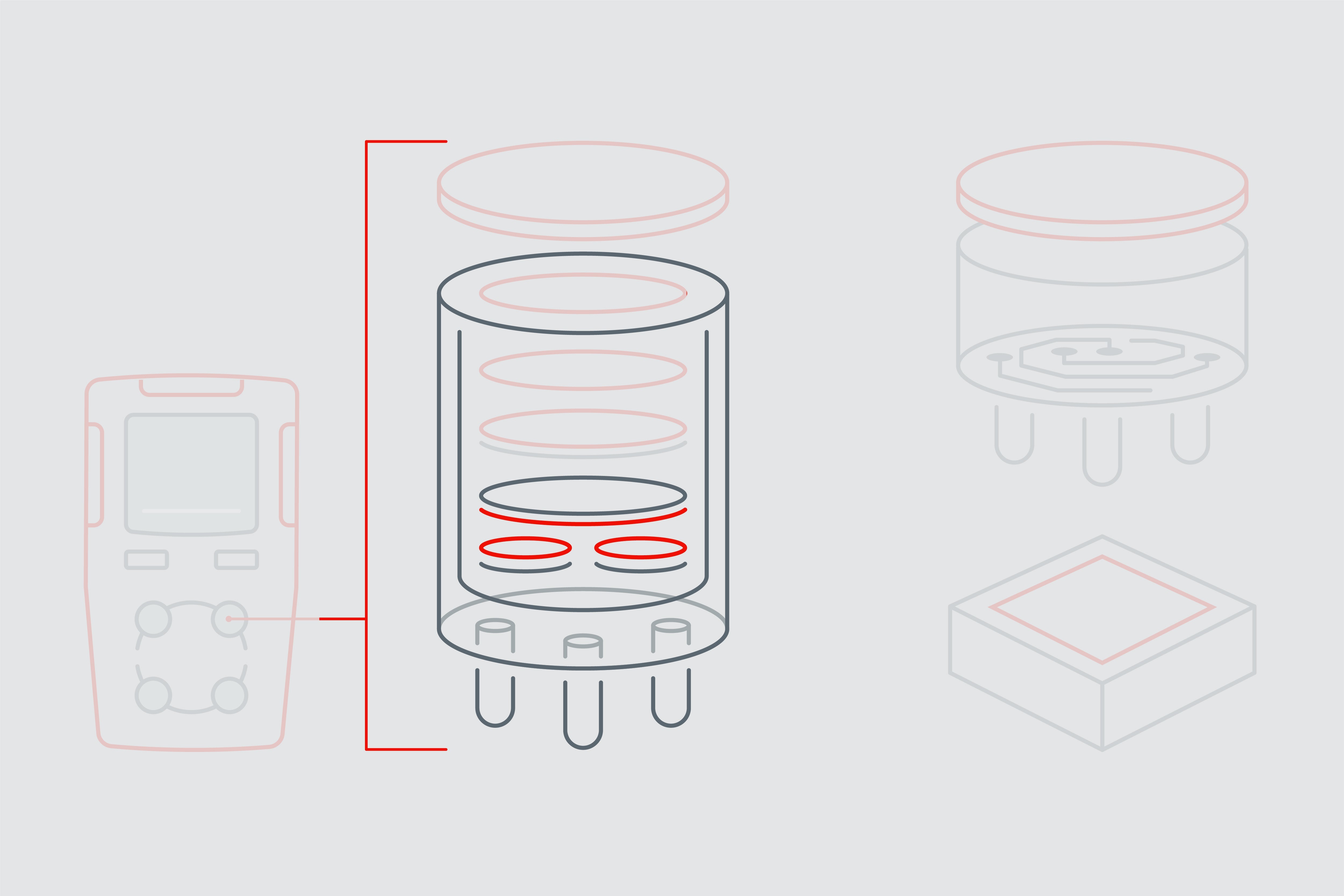GORE® Performance Membranes for Gas Sensors
Gore’s ePTFE membranes for gas sensors come with outstanding performance as gas-permeable protective membranes and as functional membranes in electrochemical sensor cells.

GORE Gas Sensor Solutions: Proven Performance to Design the Future
The gas sensor market is driven by the ongoing need for industrial safety and the new requirements for air quality monitoring. Gore has been serving the gas sensor market for more than 25 years. We’re still going strong and continue to innovate membranes for gas sensor types such as EC, NDIR and MOS.
From mechanical engineering and process technology to automation and numerous other sectors, deploying the right sensors has become a make-or-break factor crucial to a product’s international competitiveness. Gas sensor manufacturers all across the globe know they can simply rely on Gore delivering gas sensor membranes of consistent and uniform quality, which are easy to integrate and well-known for low shrinkage, good printability and reliable supply.
Analytical and Environmental Monitoring: Equally Possible with Gore Gas Sensor Solutions
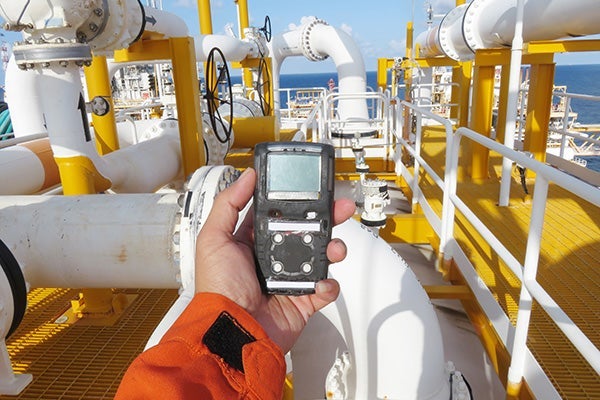
Analytical Monitoring & Safety
Industrial Applications
- Oil & Gas
- Chemical Plants
- Petrochemical Facilities
- Power Generation
- Water Treatment
- Military
Gases / Physical Units
CO, CO2, H2S, NO, NO2, SO2, CL2, SO2, ETO, etc.

Environmental Monitoring, Health & Safety
Civil Residential & Consumer Applications
- Civil Gas Safety
- HVAC
- Smart Home
- White Goods
- Wearables
- Indoor Air Quality
Gases / Physical Units
CO, CO2, O2, O3, CH4, NH3, NO2, VOC, Particle Matters, Humidity RH
Let us help you to increase the reliability of your outdoor electronic device.
Properties & Applications
A Broad Portfolio For Multiple Gas Sensor Functions And Designs
Each gas sensor’s particular design – as well as the materials used in it – depends on many different factors, most importantly the gas sensor’s purpose and the environment in which it will be used. Gore is capable of delivering specific membranes for gas sensors that provide your gas sensing solutions with several functions and match your particular design specifications.
We are continuously innovating GORE Performance Membranes for gas sensor types like EC, NDIR and MOS. GORE Performance Membranes can help you meet increasingly demanding requirements in order to stay competitive on the gas sensor market.
GORE Performance Membranes meet the gas sensor market’s demands:
- increased lifetime
- improved measurement stability
- reduced production costs
- better accuracy
- rapid response time
Usage Of Gore Protective Vents And Gore Performance Membranes In Ec, Ndir And Mos Gas Sensors
A Broad Portfolio
Every sensor’s design and components differ, according to its function and operating environment. That’s why our portfolio includes a selection of GORE Performance Membranes, as well as a range of GORE Protective Vents, which incorporate our proprietary membrane technologies.
Dust Cover
Prevents ingress of dust and liquid but allows gas to go through. Provides mechanical protection for exterior of sensor cells in EC sensors, NDIR sensors as well as MOS sensors.
Design & Manufacturing
By Your Side From Design To Manufacture
At Gore, we are committed to support you with any design challenges that you might face during the production process of your gas sensors.
We consult you to determine which products are best suited for your gas sensor applications and therefore ensure that your gas sensor development processes are simplified and accelerated. From the first gas sensor design to the manufacturing of the finished product, you can benefit from our service.
And with our broad portfolio of GORE Protective Vents and GORE Performance Membranes, we can ensure an efficient integration of our components resulting in reliable gas sensor products.
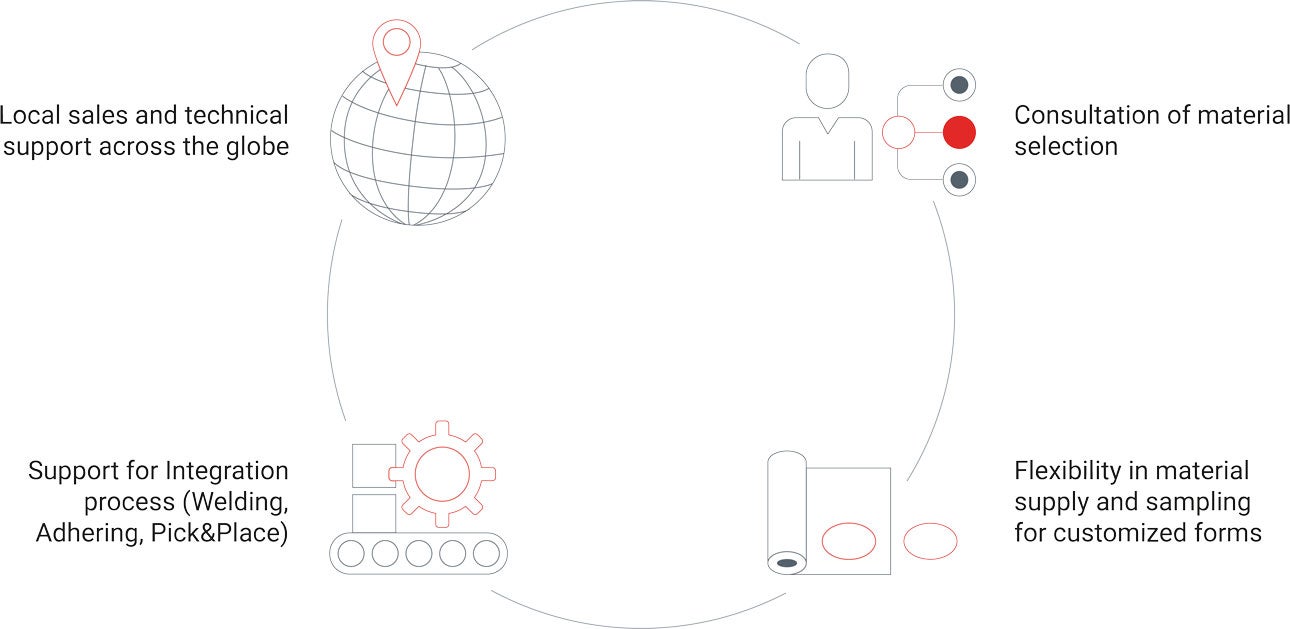
Innovation
Design Greater Success. Together.
The gas sensor market is evolving, but changes always come with challenges. Two of the greatest challenges on the gas sensor market are:
- Miniaturization
- Selectivity
Our ePTFE membrane engineers tackle those two challenges by constantly developing new materials that can be integrated smoothly in your gas sensor development and production processes.
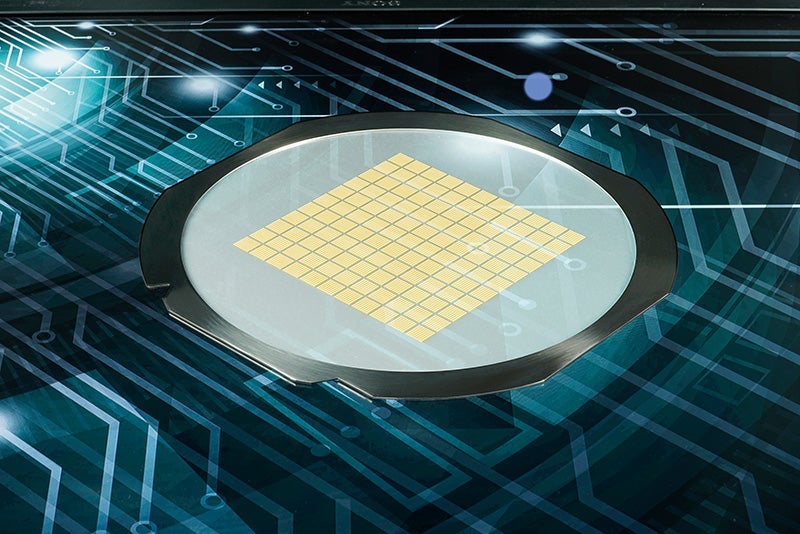
Our engineers create membranes for gas sensors that can optimize your gas sensor manufacturing with these material-related and process-related solutions:
FOR INDUSTRIAL USE ONLY
Not for use in food, drug, cosmetic or medical device manufacturing, processing, or packaging operations.
